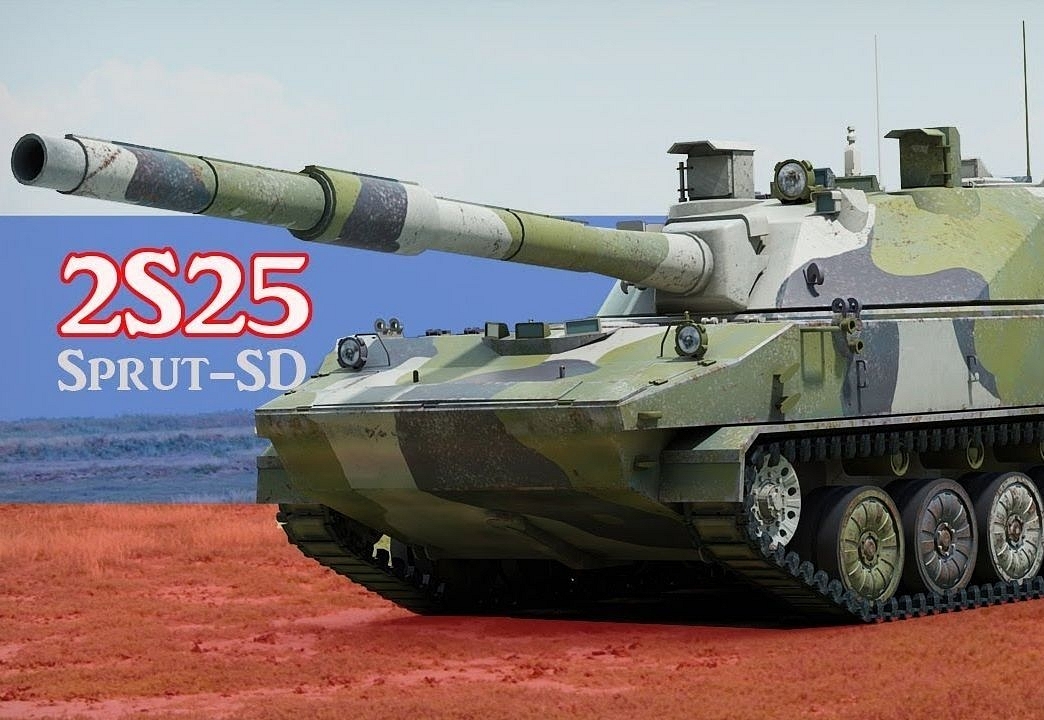
India To Buy Light Tanks For High Altitude Areas Amid Standoff With China; Here’s What You Should Know
Light tanks, given their superior mobility and manoeuvrability, are better suited for conditions in Ladakh.
Amid standoff with China at multiple points in eastern Ladakh, the Indian Army has received the government’s approval to buy light tanks for deployment in high-altitude areas, a report in the Economic Times says.
The approval, the report says, came at a meeting last week.
Although the disengagement between Indian and Chinese forces is currently on, and the two sides held a 14-hour-long meeting at the Corps Commander level yesterday to discuss the future course of action, both sides haven’t pulled back troops and heavy war-fighting equipment deployed in depth areas.
In early May, China had moved Type 15 light tanks, among other equipment, to the areas along the Line of Actual Control (LAC) to support its aggressive posture. India also built up forces along the border, airlifting main battle tanks (MBTs) and armoured personnel carrier to Ladakh using C-17s of the Indian Air Force (IAF).
While the Army has tested MBTs in high-altitude areas in Ladakh and Sikkim, and has evolved mechanisms over the years to use them in such conditions, experts believe light tanks, given their superior mobility and manoeuvrability due to lower weight, are better suited for the conditions in Ladakh.
“Light tanks enjoy enhanced strategic, operational and tactical mobility for rapid deployment in inaccessible areas and where medium tanks movement is impeded,” former director general of mechanised forces, Lt Gen A B Shivane, recently wrote in a brief published by the Centre of Joint Warfare Studies.
A light tanks “superior agility, power to weight ratio and dimensions..gives it a major advantage with reference to inter and intra valley movement..,” he noted.
India has very few options to choose from, and it is not clear which tanks the Indian Army is looking at for emergency procurement.
Russia’s air-transportable Sprut SDM1 light tank, which has commonalities with the T72 and T90s Russian-origin tanks in Indian service, is one option.
Tanks In Ladakh
In the 1990s, the IAF had airlifted 30 T-72 tanks from Agra to Leh for deployment in eastern Ladakh. This region has seen multiple Chinese transgression over the last two decades.
In the 1990s, however, local army commanders thought the tanks were of little use. They were dismantled and flown back to the mainland using Il-76 aircraft of the IAF’s 25 Squadron.
This was reversed in 2014, when the IAF’s C-17 aircraft, capable of carrying 40-70 tonne up to a distance of 4,200 to 9,000 km in a single hop, took off from the Chandigarh Air Base with dismantled tanks.
The move was part of a plan to beef up the presence of mechanised forces in high altitude areas, both in the eastern and western sectors of the LAC.
Maintaining tanks at 12,000 feet isn’t easy. The army faces a number of challenges, including rarefied air and bellow freezing point temperatures. Among other things, it uses special fuel and lubricants, and the engines are revved up every night, sometimes twice, to keep them in a working condition.
While mechanised warfare has traditionally been associated with the plains, there are regions in Ladakh, mostly in its eastern part, where such forces can be deployed and the firepower that they bring to bear exploited.
In the event of a war, tanks will be used to defend the flat top approaches, from Tibet towards Leh, such as those near Chushul and Demchok. The flat terrain in this region, strategists say, allows the use of mechanised forces.
Over the years, China has built a network of motorable roads in the region, which in turn is linked to the G219 Highway (connecting Lhatse and Xinjiang) passing through occupied Aksai Chin, making it easier for the People’s Liberation Army to patrol the region and pour in troops from the mainland.
‘With tanks, we can cross the Demchok funnel (where Indus enters India) and intercept the highway in case of hostilities,’ Major General (retd) Sheru Thapliyal, former commander of the Ladakh-based 3rd Infantry Division, said in 2016.
While few know that there are areas in Ladakh where tanks can move, even fewer know that India has actually used tanks against China in the region.
During the 1962 war with China, the IAF had airlifted tanks to Chushul in south-eastern Ladakh right under the nose of the enemy. Antonov An-12 transport aircraft of IAF’s 44 Squadron, inducted just months ago in 1961, had moved six AMX-13 tanks of the 20 Lancers to Chushul.
In Chushul lies one of the main approaches that China can use for an offensive into Ladakh. Indian posts around Chushul are critical for controlling these approaches from Tibet towards roads and valleys leading to Ladakh.
As a result of the firepower that tanks brought to bear in Chushul, China paid dearly for every inch of land it captured in Ladakh. Its war machine suffered far more damage in the Western Theatre than it did in the North-East Frontier Agency (now known as Arunachal Pradesh).
By some accounts, the tanks acted as deterrent, and contributed to stemming further Chinese adventurism in the region.
Brigadier Amar Cheema, in his book The Crimson Chinar: A Politico Military Perspective, notes that the tanks accomplished their task of deterring the enemy.
“The artillery, armour, services, and the Air Force can all be proud of the Battle of Chushul, and it can be counted as one of the most fiercely fought battle of the war, and one where Indians, working in synergy blunted the Chinese attack successfully,” Cheema writes, adding that the “armour acted as a tonic in more ways than plugging the Spanggur Gap. Tanks gave the men hope”.